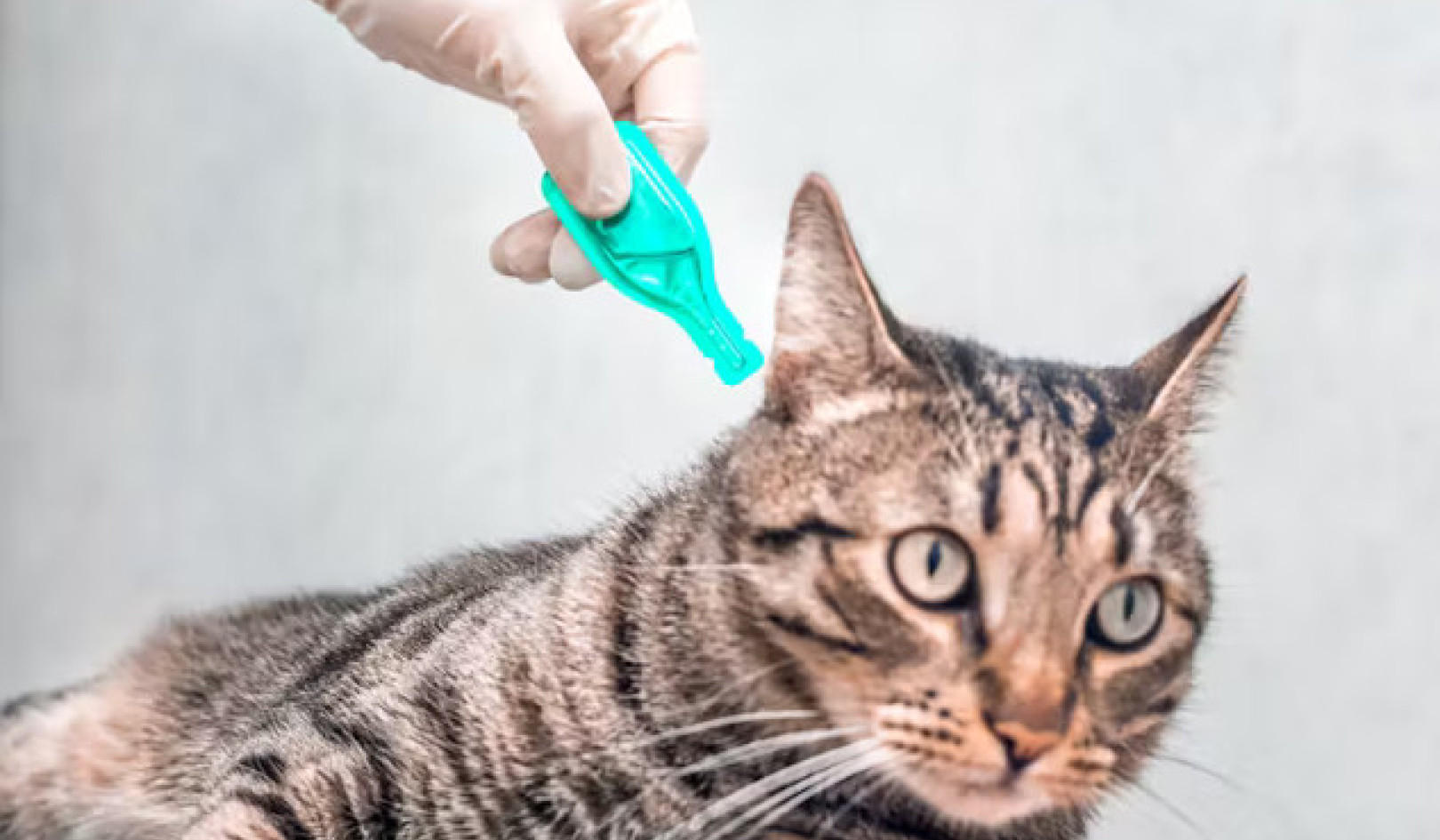
The optimal approach to physical activity varies by age and health status. A retired nurse gives us a wonderful example of this approach. She chooses activities that are appropriate for her age, personality, general health, and locale. Brisk walks in a hilly neighborhood as well as lots of gardening provide great aerobic workouts. Twice each week she meets with a small group of friends for resistance training. To increase core strength and flexibility, she combines elements from Pilates and Yoga that are just right for her. At 60, she glows with vitality.
We’ll focus on a foundational and sustainable process here, which includes exercising on all three levels of capacity: aerobic capacity, muscle strength, and flexibility.
Capacitate aerobă
Aerobic exercise is recommended five to six days per week. This can be accomplished with the moderate to vigorous intensity achieved by brisk walking. During moderate aerobic activity, you’ll break a sweat and should be able to carry on a conversation. During vigorous activity, you won’t be able to carry on a conversation without stopping often to catch your breath. Moderate activity includes a fast walk, water aerobics, pushing a lawn mower, or riding a bike. Vigorous activity includes swimming laps, jogging, riding a bike up hills, or playing soccer or basketball.
Even 10 minutes of aerobic activity can have significant health benefits. Try aiming for a total of 30 minutes of activity each day. Sprinkling this amount throughout the day is just as beneficial as doing it all at once. You can add a few minutes of aerobics here and there by parking the car farther away from your destination and walking fast to get there; taking brief, fast walks during the day; and walking to and from lunch or walking before and after eating. Every little bit of exercise really does help.
Flexibility Capacity
Working on flexibility several days per week will help prevent injury and improve general performance. It’s best to stretch within a mild to moderate intensity level, and you should always be able to carry on a conversation at the same time. Stretch when your muscles and tendons are warm to avoid strain.
Warm up your body with five minutes of brisk walking or jogging in place. Do your aerobic work and then cool down with some stretching. Always stretch both sides of the body and try to target your flexibility practice based on your activities. If you are mainly moving your lower body, as in walking, jogging, playing soccer, or lifting lower-body weights, then focus your stretching from the midsection down. If you are using your upper body, as in swimming, playing basketball, or lifting upper body weights, then focus your stretches on the midsection up. The back and midsection can be thought of as the center or core of our movement. The core muscles are involved in almost every type of activity, and it’s wise to stretch them daily.
Stretching a sore, tense muscle is instinctive. Although it may seem counterintuitive, it’s actually more effective to stretch the opposite, complementary muscle group to promote relaxation and release in the sore area. For example, you can stretch the muscles on the left side of your neck to relieve pain and tightness on the partea dreapta. Simply drop the right ear gently toward the right shoulder. Take a few breaths in this position, and then slowly bring your head back to center. Observe the results.
Avoid bouncing up and down in a stretch, as quick motion can strain the very muscles or ligaments you’re trying to lengthen. Remember to warm up! Again, start with five minutes of brisk walking or stepping in place.
A focus on breathing is essential while stretching. You can usually go deeper into a stretch with the out-breath and rest there in a relaxed way with the in-breath. If you notice areas of tension or tightness in your body, imagine that you can direct the breath to those areas. You can say to yourself:
I breathe in relaxation and warmth,
I breathe out tightness and tension.
Muscle Strength Capacity
 Strengthening our muscles enables us to perform daily activities that require moving our body weight and lifting, carrying, or pulling objects. Muscle strength is vital for those trying to lose weight. Increasing muscle capacity helps the body to do more, and, consequently, when the body has more muscle mass, it uses more calories.
Strengthening our muscles enables us to perform daily activities that require moving our body weight and lifting, carrying, or pulling objects. Muscle strength is vital for those trying to lose weight. Increasing muscle capacity helps the body to do more, and, consequently, when the body has more muscle mass, it uses more calories.
Muscle strengthening can be accomplished with mild- to moderate-intensity exercise and includes daily activities such as lifting groceries, heavy yard work, or climbing stairs. It can also be done with vigorous intensity such that we target a specific muscle group and work it until we can’t complete another repetition. An example of vigorous muscle strengthening is doing as many push-ups as possible.
Mild to moderate muscle strengthening activities are best done almost daily as a part of an active lifestyle. Vigorous activity that targets specific muscle groups and works them to the point of exhaustion can be done twice weekly.
Muscle strengthening can be done in several different ways: You can use your own body weight, as in walking stairs or doing push-ups, or use free weights (such as barbells or dumbbells), resistance bands, or tubing. Weight machines are also popular at most gyms.
Focus on maintaining balance in the body by beginning with light to moderate muscle strengthening. For this level of activity, we recommend daily strengthening of the core muscles, as well as the upper and lower body.
Remember to breathe! Bring mindful awareness to whatever you’re doing in the present moment. Bring your focus directly to the muscle group that you are working with, and observe how it feels to move your body against resistance. This present-moment focus will help you get to know the strengths and weaknesses of your body, as well as help you prevent injury. First, remember to warm up your muscles with five minutes of moderate aerobic activity, just as you did before doing flexibility exercises.
© 2012 de Matt Mumber & Heather Reed.
Retipărit cu permisiunea editorului.
Publicat de Cărți de pagini noi o divizie a Career Press,
Pompton Plains, NJ. 800-227-3371. Toate drepturile rezervate.
Acest articol a fost adaptat cu permisiunea din carte:
Wellness durabil: o abordare integrativă pentru a vă transforma mintea, corpul și spiritul
de Matt Mumber, MD și Heather Reed.
 Wellness durabil combină cercetarea științifică modernă cu metodele străvechi care beneficiază individul la toate nivelurile. Autorii împărtășesc tehnici testate, povești personale de triumf și exerciții zilnice care vă vor ghida pe calea către o bunăstare durabilă.
Wellness durabil combină cercetarea științifică modernă cu metodele străvechi care beneficiază individul la toate nivelurile. Autorii împărtășesc tehnici testate, povești personale de triumf și exerciții zilnice care vă vor ghida pe calea către o bunăstare durabilă.
Faceți clic aici pentru mai multe informații și / sau pentru a comanda această carte pe Amazon.
Despre Autori
 Dr. Matthew Mumber este un oncolog cu radiații premiat, certificat de bord și codirector al Programul MD Ambasador și Program oncologic integrativ la Clinica Harbin din Roma, Georgia. Ține discuții, conduce ateliere la nivel național și scrie pe larg despre abordări integrative ale oncologiei, sănătății și bunăstării. Dr. Mumber este fondatorul organizației nonprofit, Navigatorii de Cancer Inc. A fost numit erou în domeniul sănătății de către revista Georgia Trend.
Dr. Matthew Mumber este un oncolog cu radiații premiat, certificat de bord și codirector al Programul MD Ambasador și Program oncologic integrativ la Clinica Harbin din Roma, Georgia. Ține discuții, conduce ateliere la nivel național și scrie pe larg despre abordări integrative ale oncologiei, sănătății și bunăstării. Dr. Mumber este fondatorul organizației nonprofit, Navigatorii de Cancer Inc. A fost numit erou în domeniul sănătății de către revista Georgia Trend. Heather Reed predă yoga din 1996. Este specializată în utilizarea tehnicilor de yoga și meditație pentru persoanele care suferă de cancer, sindrom post-poliomielit și alte boli cronice. Heather facilitează în prezent retragerile rezidențiale pentru Cancer Navigators și grupurile de sprijin personal și online din Austin, Texas.
Heather Reed predă yoga din 1996. Este specializată în utilizarea tehnicilor de yoga și meditație pentru persoanele care suferă de cancer, sindrom post-poliomielit și alte boli cronice. Heather facilitează în prezent retragerile rezidențiale pentru Cancer Navigators și grupurile de sprijin personal și online din Austin, Texas.























